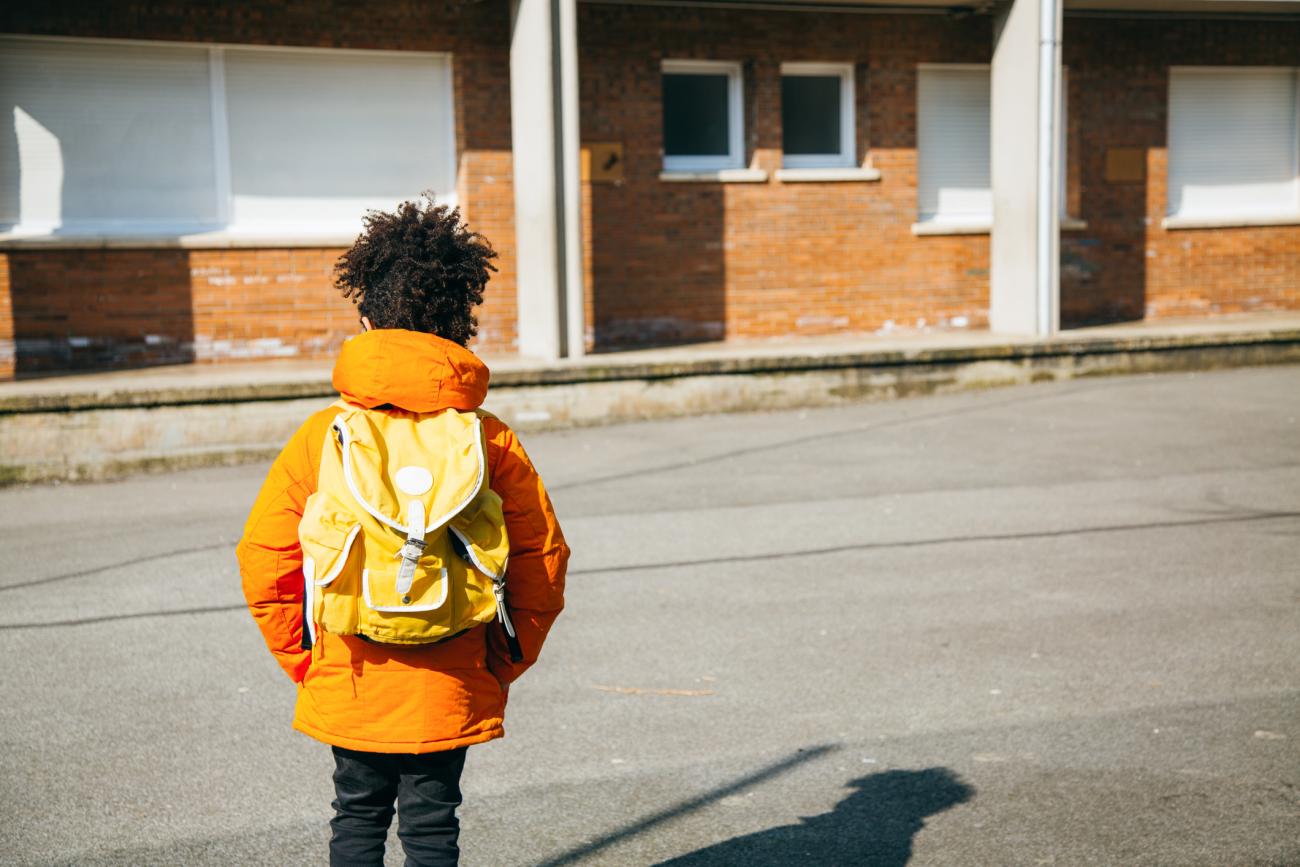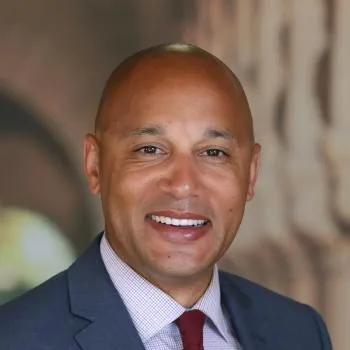
Majority-Black schools outpace others in school closures nationwide, Stanford analysis shows
Each year about 2 percent of U.S. public schools permanently close their doors, a trend that has translated in recent years to roughly 1,000 school closures annually. Budgetary constraints or low academic performance are typically cited as justification, but advocates have argued that these decisions unfairly target communities of color, particularly schools with large shares of Black students.
A new analysis by Stanford scholars finds that majority-Black public schools in the United States are, in fact, far more likely than others to be shuttered — and that factors commonly attributed to the decision, from declining enrollment to poor achievement, fail to account for the disparity.
“This study confirms two things many people have long suspected,” said Francis A. Pearman, an assistant professor at Stanford Graduate School of Education (GSE), who led the analysis alongside Danielle Marie Greene, PhD ’23, as part of ongoing research into the impact of school closures on children and communities. “First, we’re able to show that racial inequity in school closures is in fact a national issue. And second, the common reasons people give for school closures do not fully explain these disparities.”
Their analysis will be published in an upcoming issue of the Harvard Educational Review. Related findings from their research, focused on school closure patterns in California, were detailed in a recent working paper released by Policy Analysis for California Education (PACE), a nonpartisan research center housed at Stanford.

GSE Assistant Professor Francis A. Pearman
Quantifying racial disparities
Past research has shown that school closures typically affect traditionally underserved students and communities. But most of that research has been local (focusing on patterns of closures within a given city, for instance), and no prior research has focused specifically on schools that predominantly serve Black students. This analysis is the first to focus on school closures as they relate to majority-Black schools at a national level, said Pearman.
The researchers analyzed U.S. public school closures from 2000 to 2018, drawing on data from several publicly available sources: the National Center for Educational Statistics, for data on school closures and other school and district characteristics; the Educational Opportunity Project at Stanford, for data on school-level achievement; and the U.S. Census and the American Community Survey, for data on community characteristics.
Schools were classified as “majority Black” if Black students comprised either more than 50 percent of the total enrollment or the largest share of the population at the school. In other words, even if Black students made up less than half of a school’s population, the school would still be considered majority Black if the percentage of Black students exceeded the individual share of white, Latinx, and other races.
The researchers found that majority-Black schools, which make up roughly 10 percent of the overall U.S. public school population, were more than three times as likely to close as non-majority Black schools.

Danielle Marie Greene, PhD '23
Accounting for common justifications
The researchers then investigated whether the disparities could be explained by common reasons for school closures, which fall into two broad categories: financial and enrollment issues, and performance-related concerns.
For instance, enrollment declines result in diminished revenue for districts, with closing and consolidating schools viewed as a way to reallocate and maximize limited resources. Persistently low-achieving schools might face the threat of closure for failing to meet academic accountability measures. Poverty rates in a community are linked to various concerns that could affect a school’s likelihood for closure, including teacher quality, per-pupil expenditures, and the age and condition of school facilities.
In their analysis, the researchers controlled for these factors by “equalizing” schools on seemingly race-neutral factors to see whether, and to what extent, the racial inequities persisted. “If you take schools that are the same in terms of achievement, enrollment changes, and socioeconomic conditions, in theory you should not see the kind of racial disparities we found,” said Pearman.
After accounting for the common justifications, the researchers found that majority-Black schools nationwide were still about 25 percent more likely to close than their institutional counterparts.
The researchers acknowledged the challenge of separating race from other factors influencing school closures, given the enduring legacy and structural nature of racism. Many purportedly race-neutral conditions that contribute to school closure patterns today, like disinvestment and under-enrollment, may have their origins in explicit racial policies and practices of the past: For example, schools located in areas that were redlined in the mid-19th century may still struggle for basic resources and sit in neighborhoods with lower property values, resulting in decreased funding from property taxes. These communities, historically marginalized due to discriminatory practices, often bear the brunt of school closures today.
“It doesn’t have to be outright antiblackness that drives school boards to close these particular schools,” said Greene, who worked on the research while a doctoral student at the GSE. “But if schools are being closed because the infrastructure is crumbling or there are environmental hazards, why are Black children more likely to attend these schools?”
The researchers say the findings point to the need for policies to ensure that school-closure proceedings and the opportunities for displaced students are equitable and fair.
In California, for example, a state law enacted in 2022 requires school districts receiving state aid to engage the community in an “equity-impact analysis” before making any decisions about school closures, to illuminate how the change might affect different student groups. The California attorney general also recently issued guidance underscoring that school-closure deliberations are subject to state and federal antidiscrimination laws.
“It’s a step in the right direction,” said Pearman, who pointed to growing backlash against proposed closures – from protests to hunger strikes – as evidence of the value often accorded to a school as a community institution.
“There’s arguably no issue in education policy reform that’s met with as much resistance as school closures,” he said. “These are not neutral, everyday decisions, and they should be made with the utmost care and critical awareness of both the present and the past.”
Faculty mentioned in this article: Francis Pearman



